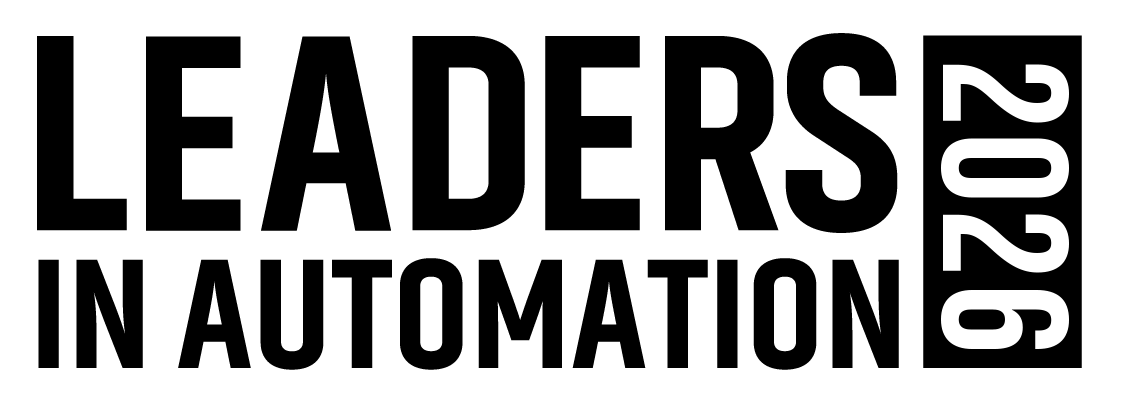Each stage needs different management structures and strategies to optimize business during that phase of development. It is important to understand why certain management styles, organizational structures and coordination mechanisms work, and do not work, at each stage.Here are the characteristics that describe each growth phase or paradigm:• Entrepreneurial: $1 million revenues, 10 to 20 people. Start-up, informal communications, hard work. This stage usually ends with a leadership crisis.• Direction: $10 million to $50 million, 100 to 300 people. Good organization with well-defined responsibilities and growth disciplines. This phase usually ends with an autonomy crisis (lack of management depth), which typically leads to acquisition.• Delegation and functional management: $100 million to $300 million, 1,000 to 3,000 employees. Decentralized organizational structure. Ends with a control crisis, management or ownership changes.• Coordination and monitoring: $1 billion plus, 5,000 to 10,000 employees. Formal planning and centralized global support functions, corporate staff, motivation through broad-based profit sharing. Ends with an organization crisis.• Collaboration and global organization: $2 billion to $10 billion plus, more than 25,000 employees. Diversified products and markets, decentralized support staff, team action for problem solving, broad team incentives. This ends with a stalled-growth crisis and lack of visionary leadership.The final phase—growth to $10 billion and beyond—is not well understood. Many think that an established company of that size is well-positioned for continued success. That is not the case, especially in the relatively slow-growth and cyclical industrial automation markets. Once a company gets beyond about $1 billion, it is very difficult to continue to generate organic growth. At $5 billion of revenues, 10 percent growth rates that keep stock markets happy require $500 million of increased revenue each year. This is not easy to achieve in the relatively slow growth industrial market. This leads companies to seek mergers and acquisitions in related products and markets, gaining strength through elimination of duplication and expanded distribution channels. They maintain market focus, which was good during growth periods, but the wrong strategy when the market is flat or declining. They get stuck in the wrong paradigm.Grow or die
Growth by acquisition seems the only alternative. But acquisitions are fraught with problems. It’s very difficult to install good management in an acquired company, to stimulate growth and maintain earnings. Small acquisitions ($10 million to $50 million) are relatively doable, without much risk. The larger the acquisition, the more the danger; one slip and earnings may collapse, causing the acquirer’s stock to dive, and making it a buyout target for much larger organizations. Primarily for this reason, the $1 billion to $5 billion automation majors are vulnerable. They must seek larger consolidations, or stagnate.Most of the global automation leaders are parts of companies that are all well beyond $20 billion in global sales. At about $114 billion, Siemens is well diversified—energy, industrial and healthcare. Honeywell is $36 billion and Process Systems represents less than 10 percent of total revenue. Emerson is $25 billion, with Emerson Process Management about 25 percent of the total. At $33 billion, ABB has eliminated too-broad diversification, but is split between automation and power, with globalization that serves it well.The top-tier independents, Rockwell Automation and Invensys, have eliminated diversification over the past few years in order to focus on automation. In a stable-to-declining market, that is the wrong paradigm. Both are stuck seeking organic growth at a company size that makes that difficult. To grow beyond $5 billion and reach the $10 billion-plus range, “bet-the-farm” decisions must be made. In order to achieve the growth that markets expect, they’ll either make a major acquisition or be themselves acquired.Jim Pinto is an industry analyst and commentator, writer, technology futurist and angel investor. You can e-mail him at: [email protected] Or review his prognostications and predictions on his Web site: www.jimpinto.com
Growth by acquisition seems the only alternative. But acquisitions are fraught with problems. It’s very difficult to install good management in an acquired company, to stimulate growth and maintain earnings. Small acquisitions ($10 million to $50 million) are relatively doable, without much risk. The larger the acquisition, the more the danger; one slip and earnings may collapse, causing the acquirer’s stock to dive, and making it a buyout target for much larger organizations. Primarily for this reason, the $1 billion to $5 billion automation majors are vulnerable. They must seek larger consolidations, or stagnate.Most of the global automation leaders are parts of companies that are all well beyond $20 billion in global sales. At about $114 billion, Siemens is well diversified—energy, industrial and healthcare. Honeywell is $36 billion and Process Systems represents less than 10 percent of total revenue. Emerson is $25 billion, with Emerson Process Management about 25 percent of the total. At $33 billion, ABB has eliminated too-broad diversification, but is split between automation and power, with globalization that serves it well.The top-tier independents, Rockwell Automation and Invensys, have eliminated diversification over the past few years in order to focus on automation. In a stable-to-declining market, that is the wrong paradigm. Both are stuck seeking organic growth at a company size that makes that difficult. To grow beyond $5 billion and reach the $10 billion-plus range, “bet-the-farm” decisions must be made. In order to achieve the growth that markets expect, they’ll either make a major acquisition or be themselves acquired.Jim Pinto is an industry analyst and commentator, writer, technology futurist and angel investor. You can e-mail him at: [email protected] Or review his prognostications and predictions on his Web site: www.jimpinto.com
About the Author
Sign up for our eNewsletters
Get the latest news and updates

Leaders relevant to this article:
